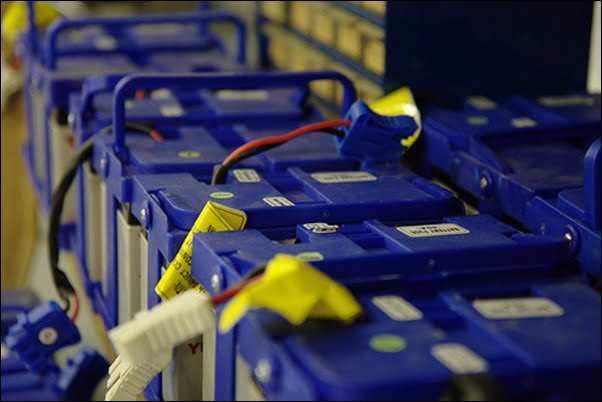Rainy weather introduces unique challenges for the operation and maintenance of lead-acid batteries, especially in outdoor applications. The presence of moisture, low temperatures, and reduced sunlight can affect their performance, lifespan, and reliability. Understanding these impacts is crucial for optimizing battery performance under adverse conditions.
1. Performance Degradation
Rainy weather often brings cooler temperatures, which can slow down the chemical reactions within a lead-acid battery. This results in:
- Reduced Capacity: The battery may deliver less power than rated due to slower electrochemical activity.
- Longer Charging Time: Cold temperatures can increase the internal resistance, making it harder for the battery to charge efficiently.
2. Corrosion and Moisture Effects
Moisture and humidity from rainy conditions can accelerate terminal and casing corrosion, leading to:
- Increased Self-Discharge: Water ingress can create electrical pathways that cause the battery to discharge faster.
- Damage to Terminals: Corrosion at the terminals can increase resistance and reduce conductivity.
3. Maintenance Tips
To mitigate these effects:
- Ensure Proper Sealing: Use batteries with sealed or gel designs (like OPzV) to prevent water ingress.
- Apply Anti-Corrosion Coating: Protect terminals with grease or specialized sprays.
- Store Indoors: Keep batteries in well-ventilated and dry areas during rainy weather when possible.


